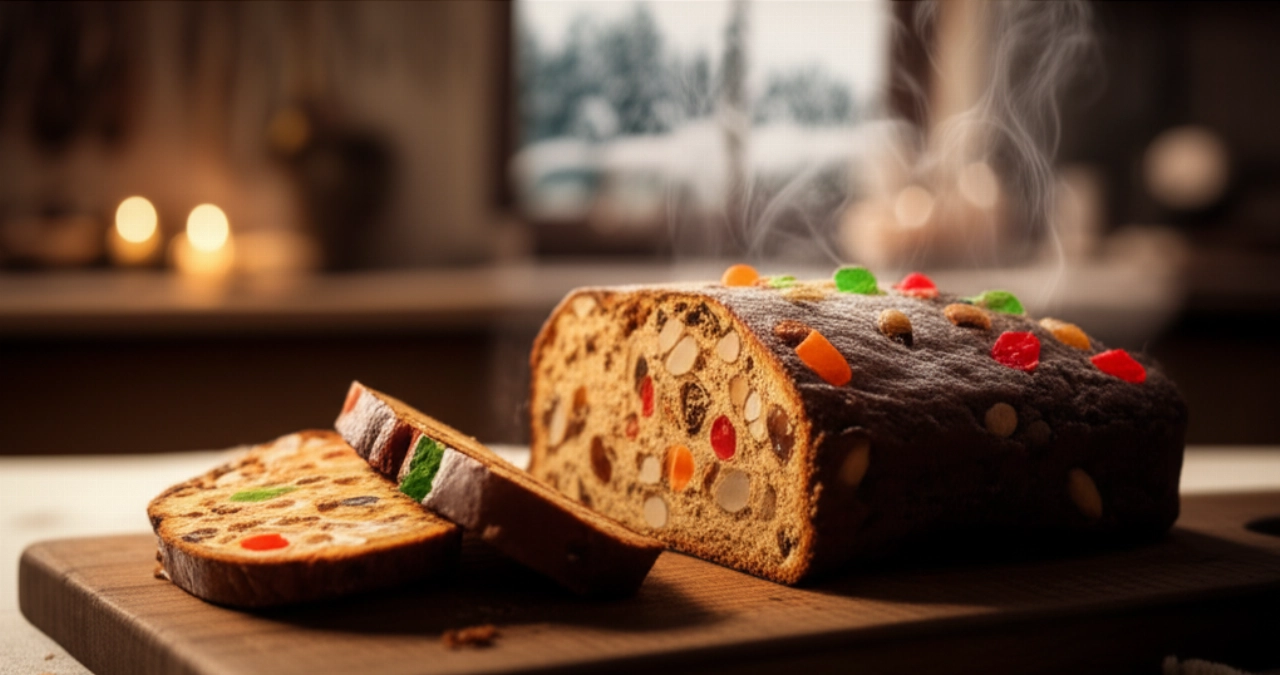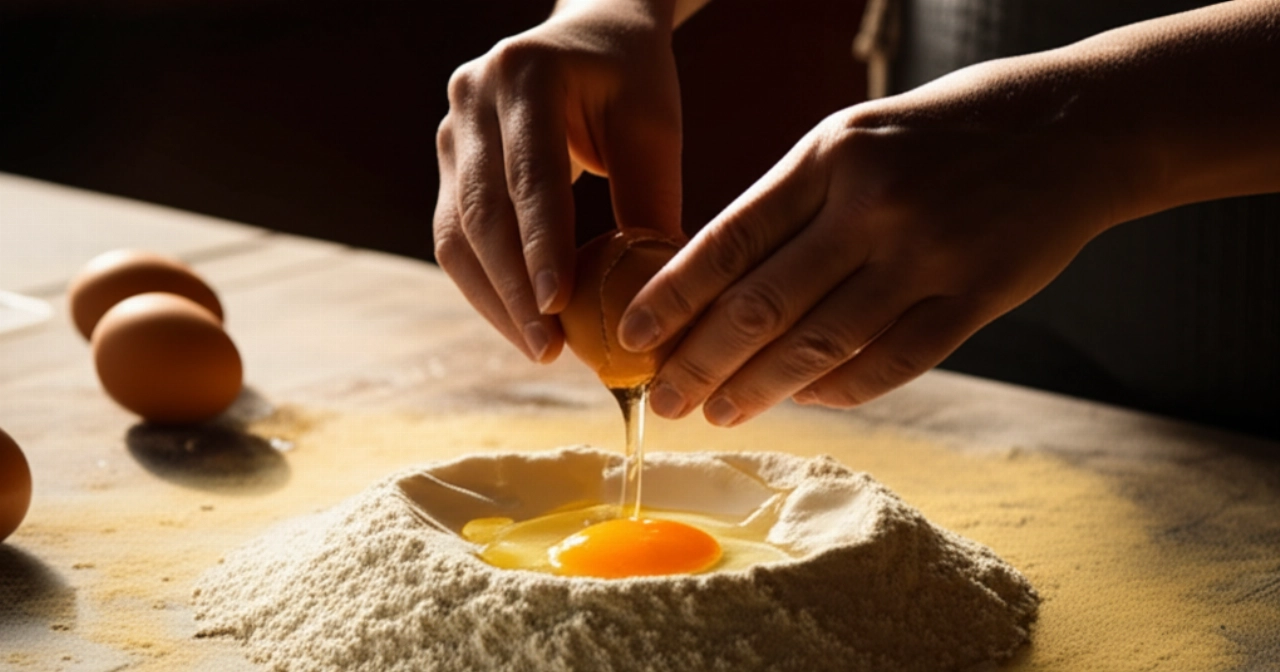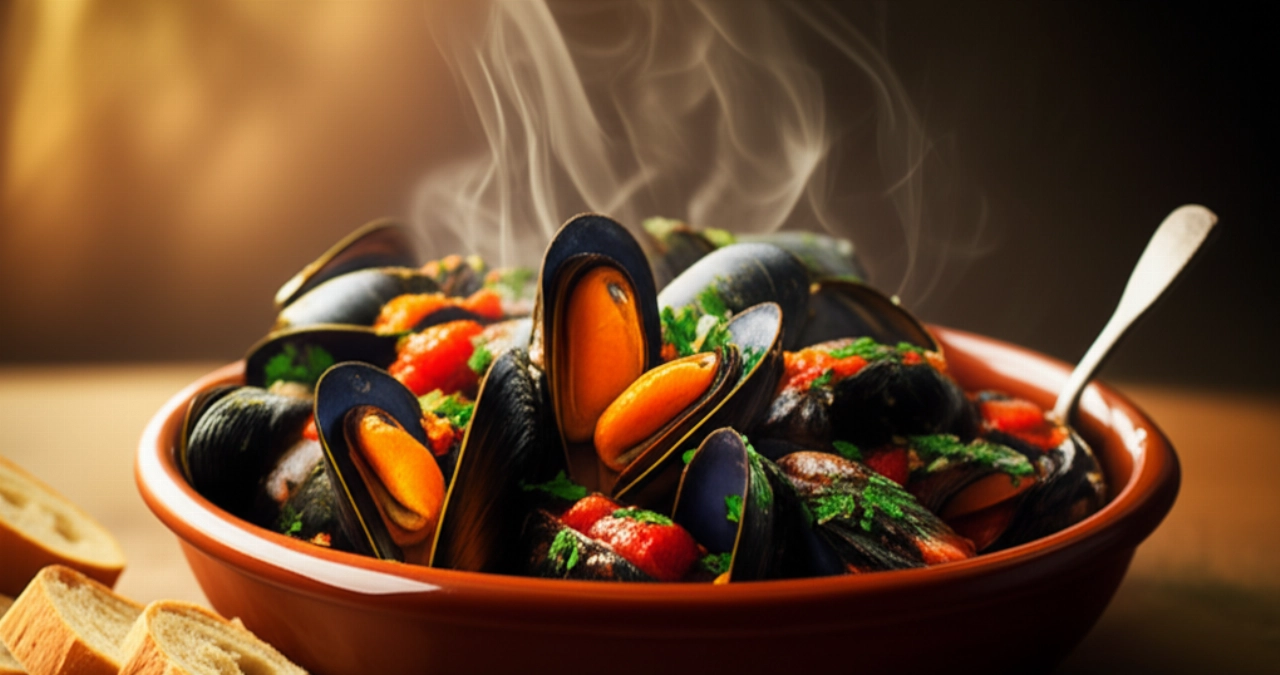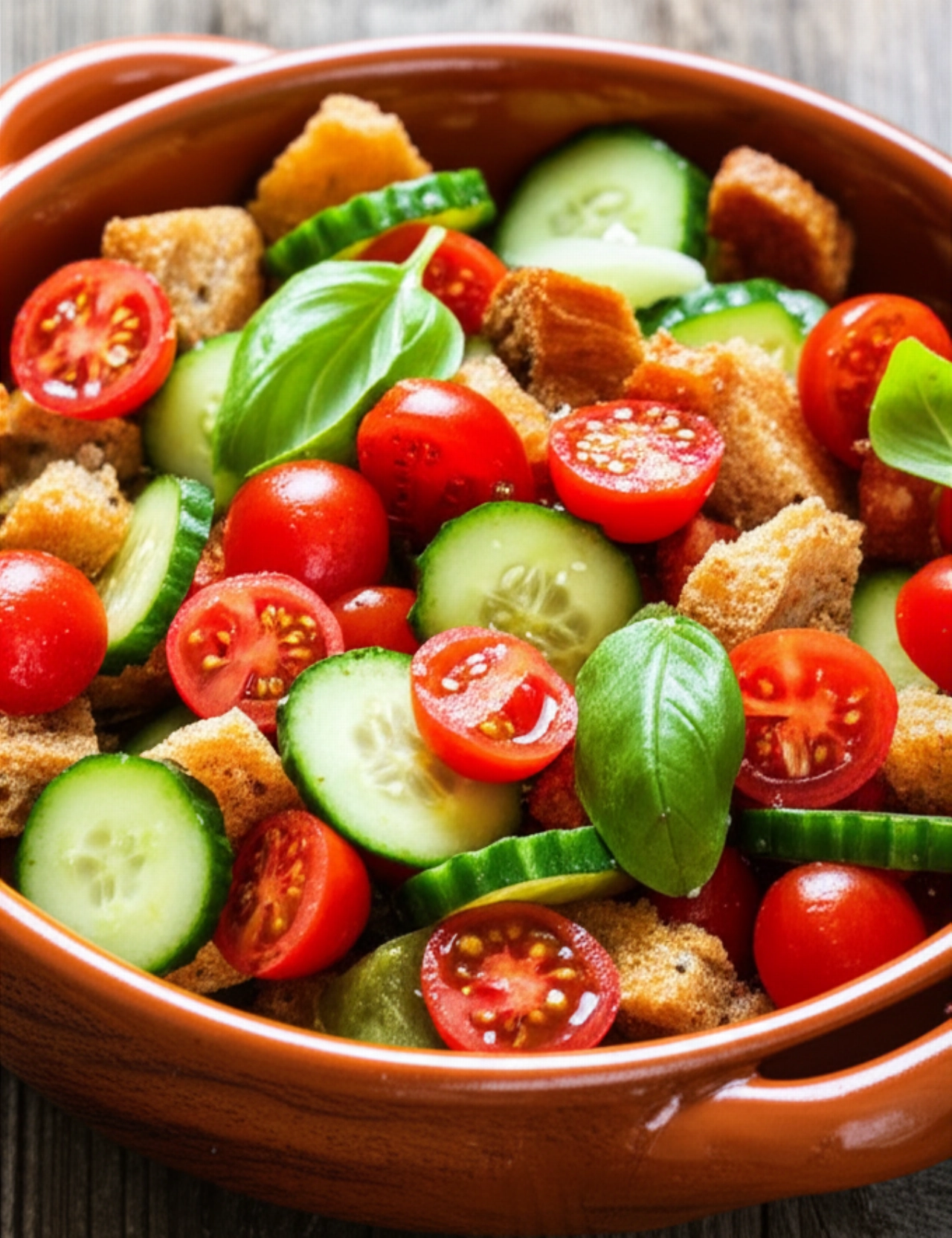Imagine a summer sunset, laughter among friends, and a sparkling glass of Sangria, fresh, fruity, enveloping you with its unmistakable flavor. A true hymn to joy and conviviality, a sip of Spain that transports you directly to a sun-drenched square.
But how many times have you tasted disappointing Sangrias, too alcoholic, too sweet, or bland? Preparing the 'right' one, the one that tastes like authentic Spain, that makes you exclaim '¡Olé!', can seem like a challenge. Finding the perfect balance between wine, fruit, and spices is an art, and often you end up wasting precious ingredients and, even worse, the opportunity for a special moment.
Make yourself comfortable. On this page, you won't just find a list of ingredients, but the definitive guide, full of tricks and tips, to prepare the best and most balanced Sangria of your life. I will guide you step by step, with the same care and passion an expert grandmother would put in, to guarantee you a resounding success. The result is guaranteed, and every sip will be a celebration!

THE STRATEGIC CORNER: The Perfect Balance of Flavor and Freshness
My promise is clear: no more improvised Sangrias that leave a bitter taste (literally!). I'll guide you step by step to create a Sangria that is neither too alcoholic nor too sweet, but a harmony of fruity and spicy flavors, perfect for any occasion. It will be your signature, your secret for unforgettable evenings and an aperitif everyone will remember.

Ingredients for a Dream Sangria: The Choice That Makes the Difference
It's not just a list; it's a reasoned selection. Each ingredient plays a precise role in guaranteeing an excellent result and an authentic flavor for your summer drink.
- Red Wine: Choose a young, fruity, and not too tannic wine. A Spanish Tempranillo is ideal, but a young Merlot or Chianti also work very well. Avoid overly prestigious or aged wines; their flavor would be masked by the fruit.
- Fresh Fruit: Here lies the heart of Sangria! Oranges, lemons, and peaches are a must. You can add apples, pears, strawberries, or berries. The important thing is that the fruit is ripe but firm, to release its juices without falling apart.
- Sugar: Don't overdo it! It serves to enhance the natural sweetness of the fruit and balance the acidity. You can use granulated or brown sugar.
- Liqueur: A touch of Brandy or Cointreau (or another orange liqueur) adds depth and complexity. It's not mandatory, but it makes a difference for a richer punch.
- Spices: Cinnamon sticks and cloves are the secrets to that enveloping aroma and warm flavor that makes Sangria irresistible.
- Carbonated Drink (Optional): Sparkling water or soda to lighten and add sparkle at the time of serving. Never add it before, otherwise, it will lose its effervescence!
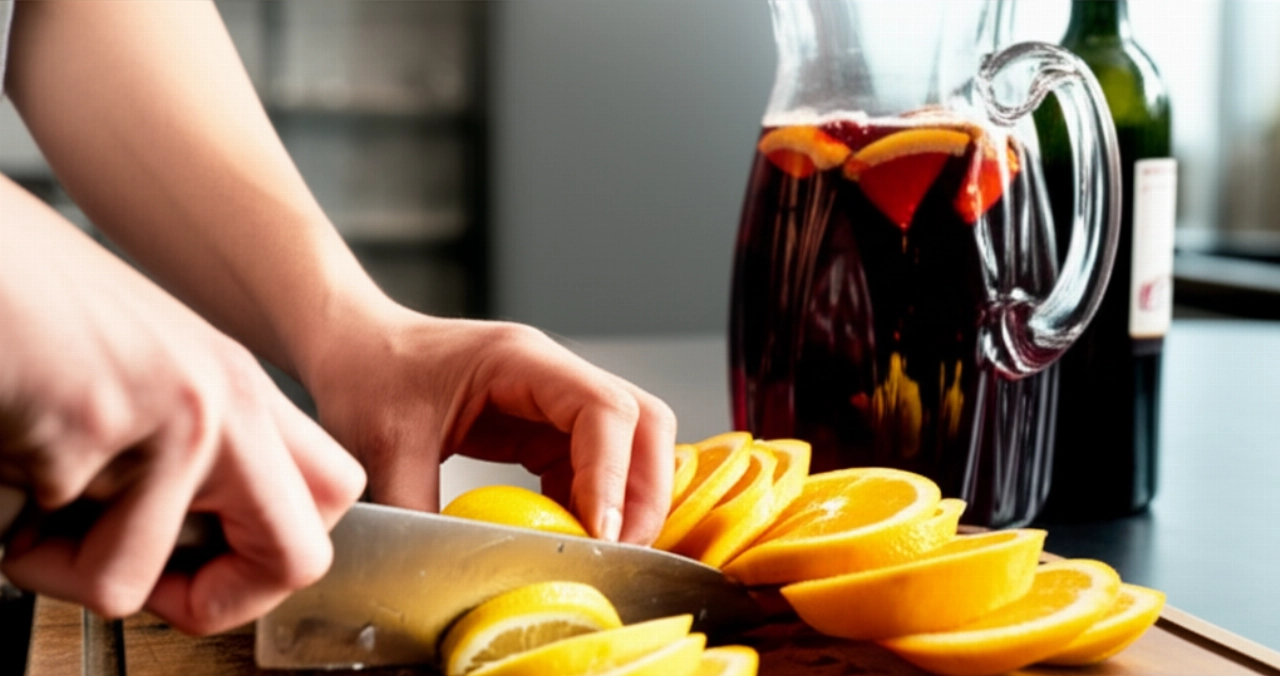
The 3 Mistakes That Ruin Sangria (and How to Avoid Them)
I understand, sometimes it seems easy, but there are pitfalls. Here's how to avoid them, based on my experience, so you don't waste precious time and ingredients:
- Using the Wrong Wine: A wine that's too full-bodied or aged will overpower the fruit; one that's too cheap will ruin everything. Remember: young and fruity is the key to a perfect Spanish recipe.
- Not Letting It Rest: Sangria is not a cocktail to be prepared on the spot! It needs time, at least 4-6 hours (preferably overnight) in the refrigerator, to allow the fruit to release its aromas and the wine to absorb them. This is the true secret to its deep and refreshing flavor.
- Adding Ice Too Soon: Ice dilutes Sangria. Add it only at the time of serving, directly into the glasses, not into the main pitcher.
The Extra Touch: The Advice My Grandmother (Spanish!) Passed Down to Me
My grandmother, who was from Granada, always told me: "Sangria is like love; it needs time and a little extra passion." Her secret was always to add a teaspoon of freshly squeezed orange juice and a pinch of grated nutmeg at the last moment, before serving. This enhances the freshness and adds an unexpected aromatic note that few know about. Try it, and you'll feel the difference in this summer drink!
Let's Prepare Red Sangria Together: The Step-by-Step Guide
Now that we have all the secrets, let's get to work. I'll guide you by hand, step by step, towards the perfect Sangria, the one that will make your guests say "Wow!"
- Prepare the Fruit: Wash the oranges, lemons, and peaches thoroughly. Cut the oranges and lemons into thin slices or wedges. Peel the peaches (if you prefer) and cut them into cubes. If using apples or pears, peel and cut them into cubes.
- Initial Maceration: In a large pitcher or glass jug, place the cut fruit. Add the sugar and liqueur (if using). With a wooden spoon, gently muddle some of the fruit against the sides of the pitcher. This will help release the juices and aromas.
- Add Wine and Spices: Pour the red wine over the fruit. Add the cinnamon sticks and cloves. Stir well to dissolve the sugar.
- The Sacred Rest: Cover the pitcher with plastic wrap and refrigerate for at least 4-6 hours, but ideally overnight (12-24 hours). The longer it rests, the more the flavors will meld and intensify, creating a true taste celebration.
- Time to Serve: Before serving, taste the Sangria. If necessary, add another teaspoon of sugar or a little orange juice (the grandmother's trick!). Strain the Sangria if you don't like fruit pieces (but I recommend leaving them, they're delicious to eat!). Add plenty of ice to the glasses and pour the Sangria. If you wish, finish with a splash of sparkling water or soda to make it lighter and livelier.
Tips and Frequently Asked Questions About Sangria
- Can I use white wine? Of course! It's called "Sangria Blanca" and it's delicious, perfect for those who prefer lighter flavors. Follow the same procedure, but choose a dry and fruity white wine.
- Which fruit is best? Oranges, lemons, and peaches are the base. But you can experiment with apples, pears, strawberries, kiwi, grapes. The important thing is that the fruit is seasonal and well-ripened for a refreshing taste.
- Can I prepare Sangria in advance? Absolutely yes, in fact, it's recommended! Prepare it the night before for the next day. However, do not add the carbonated drink or ice until serving time.
- How can I make Sangria less alcoholic? You can reduce the amount of liqueur or omit it entirely. When serving, you can add more sparkling water or orange juice to dilute it slightly.
- Does Sangria keep? Yes, in the refrigerator, well covered, it keeps for 2-3 days. After that, the fruit tends to break down and the flavor loses intensity.
There you have it! Now you no longer just have a recipe, but all the secrets to bring to the table a Sangria that tastes of celebration, Spain, and pure joy. Every sip will be an unforgettable experience, a true celebratory drink.
Don't be afraid to experiment with the fruit you love most. Cooking is an act of creativity, and this Sangria will be your canvas. You'll see that applause won't be lacking, and your guests will ask you for the secret to this authentic Spanish recipe!
Have you tried our recipe? We're very curious to see your masterpiece! Leave a comment below, tell us how it went, or share a photo on Instagram by tagging @CercaRicette.it. If you loved this Sangria, you can't miss our recipe for a perfect Mojito or for a well-explained Italian Aperitivo.
